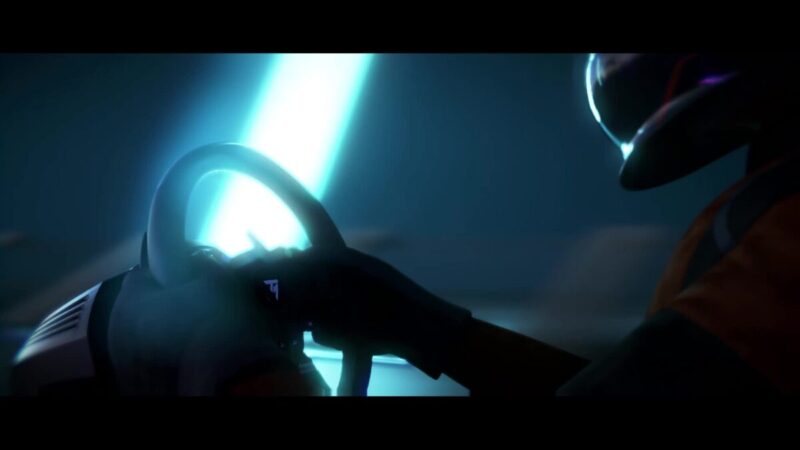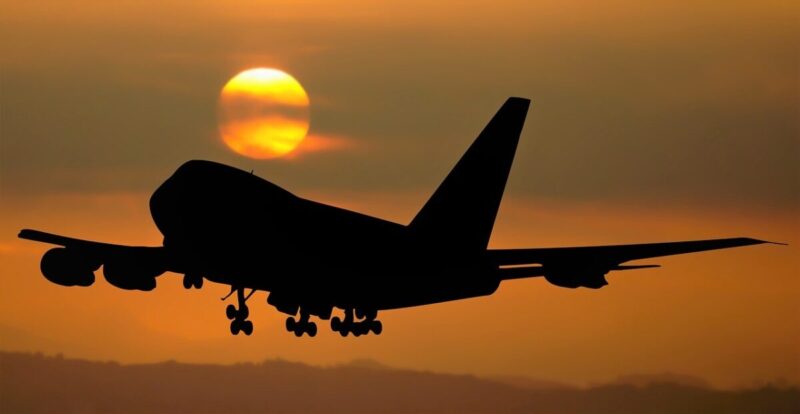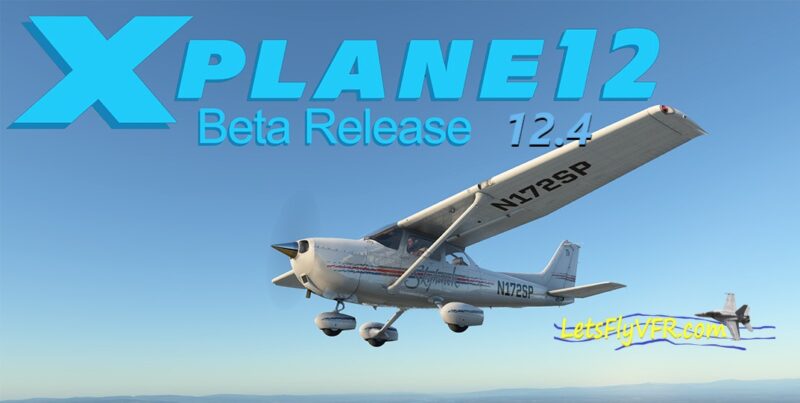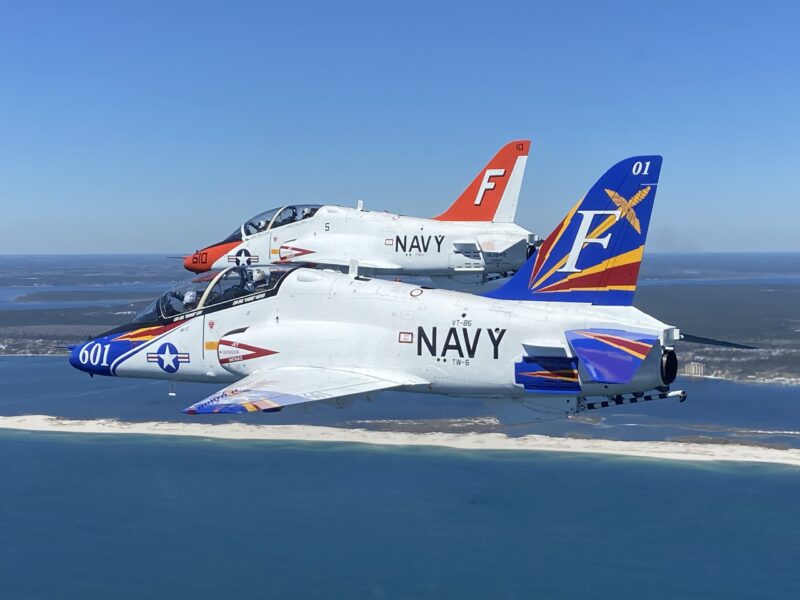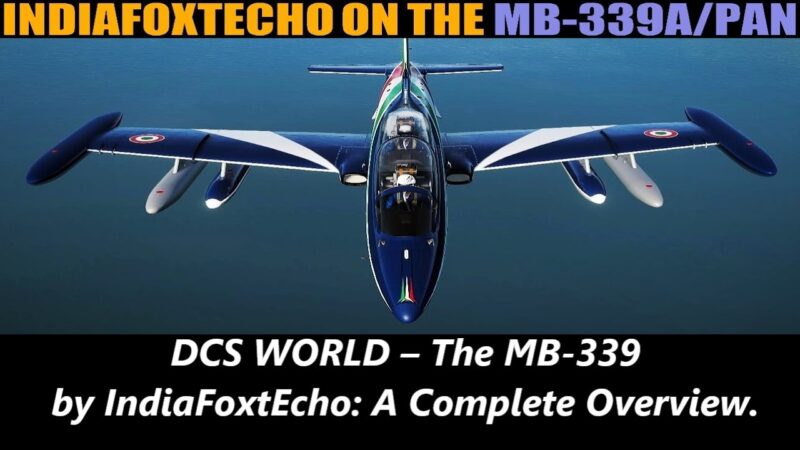The Resurgence of Force Feedback Controllers: Why They’re the Future of Flight Simulation.

Flight simulation enthusiasts know that immersion is everything. When we think about the pinnacle of an immersive setup, it’s hard not to talk about Force Feedback (FFB) controllers, a category of hardware that has experienced a recent and thrilling resurgence. Though FFB controllers once seemed like relics of a bygone era, they’re now making a strong comeback, bringing the tactile sensations of flying closer to reality than ever before.
This post will explore what Force Feedback controllers are, how they work, the technical advancements in recent years, the history behind them, and why this revival is something to embrace if you’re serious about flight simulation.
1. A Brief History of Force Feedback Controllers
Force Feedback controllers first gained popularity in the late 1990s and early 2000s. Brands like Microsoft’s SideWinder Force Feedback joystick and Logitech’s WingMan Force 3D introduced gamers to a new level of physical engagement. For the first time, players could feel the sensations of their virtual world, whether it was turbulence in a flight sim or the bumps and drifts in a racing game.
Unfortunately, early FFB controllers were costly to produce, and as casual gaming markets grew, companies began phasing out FFB hardware in favor of less expensive, non-FFB devices. By the late 2000s, high-quality Force Feedback devices were hard to come by, and for nearly a decade, they were considered niche products. However, recent technological advancements and the increasing popularity of high-fidelity simulators have reignited interest in FFB, marking a resurgence that promises to redefine immersion for a new generation.
2. How Force Feedback Works: Technical Overview

Force Feedback in controllers operates through a combination of motors, sensors, and software algorithms designed to simulate real-world physical forces. Here’s a look at the components and how they work together to create an authentic experience:
- Motors: High-torque motors are the heart of Force Feedback devices. They create physical resistance and movements, which simulate real-world sensations like vibration, pull, and push. In flight sticks, for example, the motors can replicate the forces on a pilot’s controls, such as the feeling of G-forces, turbulence, and the feedback from control surfaces.
- Sensors: Sensors detect the position and movement of the controller in real-time. High-precision sensors ensure the movements are replicated accurately, down to small adjustments.
- Algorithms: The software component is just as important as the hardware. Algorithms translate in-game physics data into signals sent to the motors. This is what tells the motors when to apply force, where to apply it, and how strong it should be. Advanced FFB algorithms consider multiple factors like aircraft weight, speed, and environmental conditions to produce a convincing feel.
- Joystick / HOTAS – AMAZON.com
- Rudder Pedals – AMAZON.com
- Throttle Quadrant – AMAZON.com
- Gaming Chair – AMAZON.com
- VR Headset – AMAZON.com
3. The Benefits of Force Feedback in Flight Simulation
For flight simulators, Force Feedback adds a layer of realism that is difficult to achieve through visuals or audio alone. Here’s how Force Feedback controllers elevate the flight sim experience:
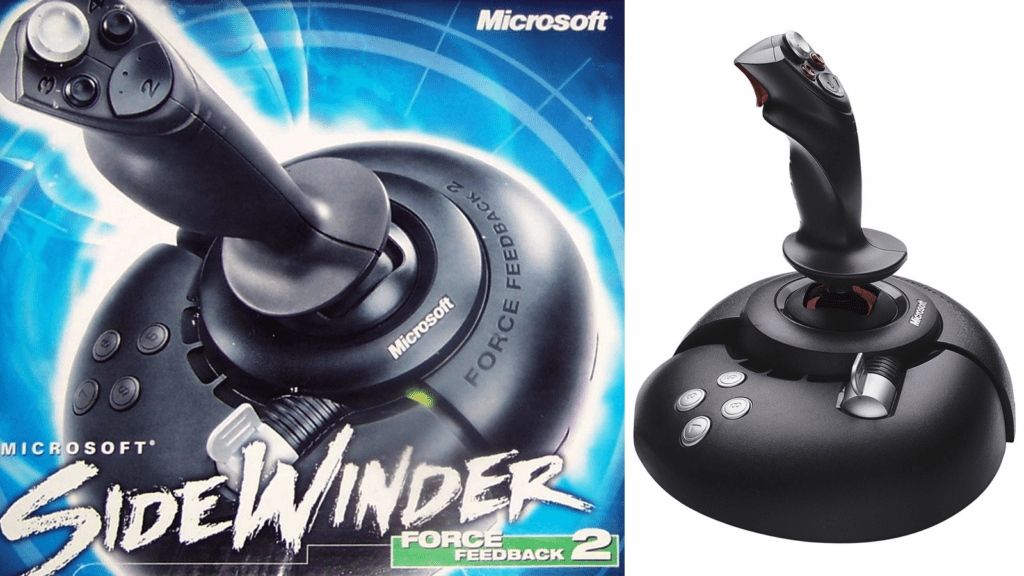
Enhanced Realism in Control Feel

Without Force Feedback, most flight controllers offer little more than spring-loaded resistance. With Force Feedback, the control stick pushes back dynamically, just as a real aircraft’s controls would in response to speed, altitude, or turbulence.
This nuanced control feel helps simulate the actual physics of flight, allowing pilots to respond more intuitively.
Better Training Experience
For users training in simulators as a precursor to real-life flying, Force Feedback can make a significant difference. It allows users to develop muscle memory and a better understanding of how an aircraft behaves under various conditions. For example, practicing stalls, takeoffs, and landings becomes far more realistic when the controls actively respond to changes in flight dynamics.
Immersion and Emotional Impact
FFB controllers don’t just make flight sims more realistic—they make them more engaging. Feeling the aircraft respond to weather, ground effects, or even weapon recoil (in combat flight sims) creates a sensory connection to the virtual world. This deeper level of immersion can make the entire flight sim experience more impactful, allowing users to feel not only like they are controlling a plane but like they are part of it.
4. How Force Feedback Enhances Racing Simulations
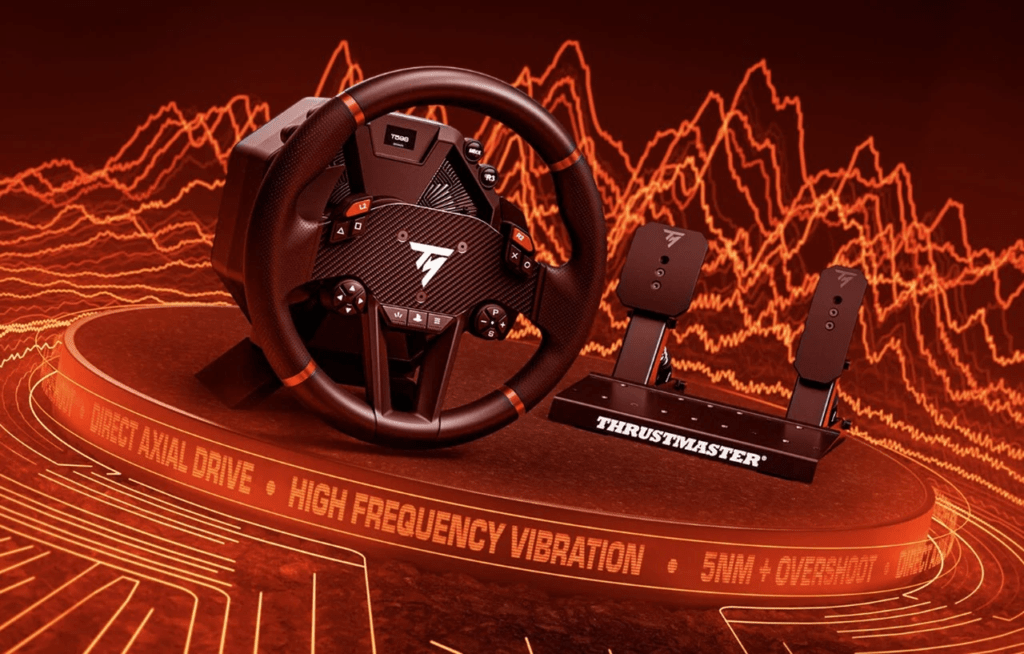
Though primarily used in flight simulators, Force Feedback has a major impact on racing sims as well. In racing games, FFB wheels let drivers feel every curve, bump, and shift in weight as they corner. These sensations help drivers react quickly and with greater accuracy, enhancing both the experience and their performance.
For example, in a high-speed turn, Force Feedback wheels push back, letting drivers feel how much grip they have and giving them clues about when the car is at risk of losing traction.

5. Leading Manufacturers and the Latest in Force Feedback Technology
The resurgence of Force Feedback has led to a wave of new products and innovations from established and emerging manufacturers. Here are some of the latest players and devices redefining the Force Feedback market.
Brunner Elektronik

Brunner Elektronik has been a prominent name in the professional simulation space, delivering high-end Force Feedback yokes and joysticks for flight sim enthusiasts. Brunner’s products, such as the CLS-E NG Yoke, are known for their durability and realistic feedback.
The Swiss-engineered Brunner controllers use high-torque brushless motors and advanced algorithms to deliver precise, nuanced force feedback, suitable for both general aviation and airliner simulation.
VKB Sim
VKB Sim, known for producing high-quality flight sticks, has recently expanded into Force Feedback with products like the Gladiator and Gunfighter series. These devices focus on modularity, allowing users to customize their control setup while benefiting from strong and responsive Force Feedback.
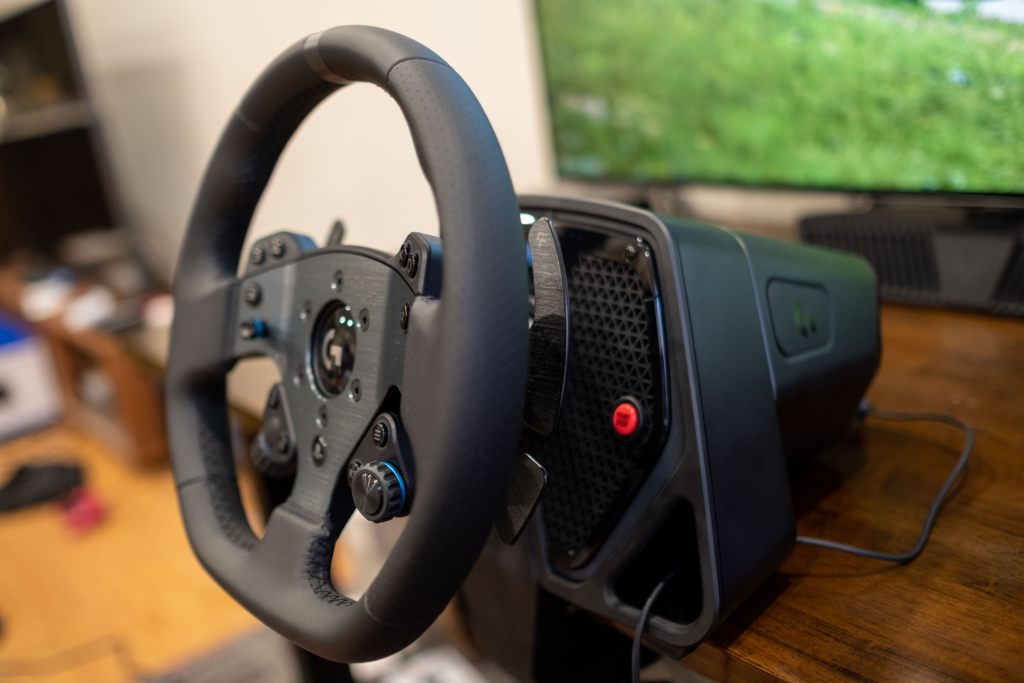
Microsoft’s Return to Force Feedback
With the relaunch of Microsoft Flight Simulator, rumors are swirling about a potential Force Feedback stick from Microsoft. This move would be well-received, considering the vast improvements in flight physics and environmental dynamics in the new sim. A modern Force Feedback joystick from Microsoft could make high-quality FFB more accessible to a mainstream audience.
Logitech and the G PRO X Wheel
Logitech has re-entered the Force Feedback market with the G PRO X Racing Wheel, which incorporates improved direct drive Force Feedback technology, promising a smoother and more detailed experience. Although primarily a racing wheel, Logitech’s return to Force Feedback signals an exciting future for the technology in multiple sim genres.
Simucube
Simucube is renowned in the sim racing community for its powerful direct drive Force Feedback wheels. Though currently focused on racing, Simucube’s open-source software and modular hardware are popular among enthusiasts, allowing extensive customization. Their direct drive systems, powered by powerful brushless motors, set new standards for fidelity and smoothness, potentially inspiring crossover applications for flight sims.
6. Embracing Force Feedback: Why It’s Worth the Investment

Force Feedback controllers are not cheap, but for serious sim enthusiasts, they are worth every penny. Unlike visual and auditory improvements, Force Feedback brings a physical aspect that is deeply intuitive and difficult to replicate with any other setup. Here are some of the reasons why the investment in Force Feedback is worth considering:
- Better Precision and Control: Force Feedback makes it easier to perform precise maneuvers, from slow taxiing to tight turns, by providing subtle tactile cues.
- Enhanced Situational Awareness: In both racing and flight sims, Force Feedback delivers information to users in real time, helping them respond to terrain, conditions, and control surface resistance without relying solely on visual cues.
- A Bridge to Reality: For sim pilots or racers looking to translate skills to the real world, Force Feedback provides a crucial link, replicating some of the physical sensations of flying or driving that would otherwise be missing in a static simulator.
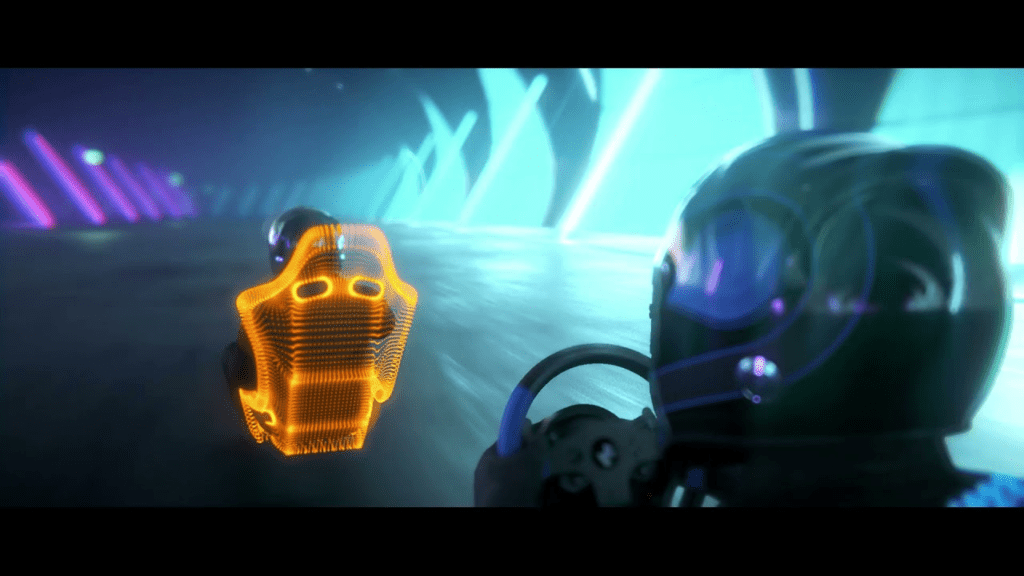
7. The Future of Force Feedback: What’s Next?
As technology advances, we’re likely to see even more sophisticated Force Feedback devices with improved fidelity, smoother operation, and better integration with modern simulators. With the growth of VR, Force Feedback controllers could pair exceptionally well, adding another dimension to the already immersive virtual experience.
Emerging haptic technologies, such as those used in haptic gloves and full-body haptic suits, could add to the Force Feedback experience by simulating textures, vibrations, and other tactile sensations. The combination of Force Feedback controllers with haptic technology could soon make full-body immersion a reality, changing the way we experience not only flight and racing simulations but possibly a range of other interactive applications.
The Complete Beginner’s Guide to DCS World
Welcome to the world of Digital Combat Simulator (DCS World), the ultimate flight combat simulation that brings the thrill of…
Comparing Real World Aviation Procedures to Flight Sim Techniques.
Flight simulators have grown into sophisticated training tools, bridging the gap between virtual flight and real-world aviation….
Mastering Dogfighting in DCS World and Falcon BMS: Max-Perform Your
This post covers essential techniques, cues, and parameters that new combat pilots need to dominate close-range dogfights in DCS World…
X-Plane 12.4 Beta Review – Exciting Additions!
X-Plane 12.4 Beta Review – A Major Leap Forward for Performance, VR & Visual Fidelity Note: X-Plane 12.4 is currently in…
Full Guide: DCS Balkans Map + All Upcoming DCS World
Full Guide: DCS Balkans Map + All Upcoming DCS World Modules. Summary: Eagle Dynamics and OnReTech have officially announced DCS: Balkans,…
DCS World T-45 Goshawk Formation Flying for Beginners Tutorial .
Military Formation Flying in DCS: Your First Flight in the T-45 Goshawk. So, you’ve got your wings (virtually speaking), strapped into…
DCS WORLD T-45 Goshawk EASY Navigation for Beginners.
DCS WORLD T-45 Goshawk EASY Navigation for Beginners is simply that. We do our planning in the DCS World Editor…
How the U.S. Navy Trains Jet Pilots: A Complete T-45
Welcome to Letsflyvfr.com guide to T-45C Goshawk Training – How the U.S. Navy Trains Jet Pilots so you can train…
DCS WORLD – The MB-339 by IndiaFoxtEcho: A Complete Overview.
The MB-339 occupies a very particular niche in DCS World: it’s not a fighter, not a frontline attack jet, but…
- Latest CPU’s Available Now – Amazon.com
- Get a NEW GPU Best Performance – AMAZON.com
- Upgrade RAM Here today – AMAZON.com
- Prebuilt PC Options – AMAZON.com
Conclusion
The resurgence of Force Feedback controllers is more than just nostalgia—it’s a revolution in immersive simulation. By reintroducing the physical sensations of flying or driving, these devices offer a bridge between the digital and physical worlds, allowing users to experience a more realistic and engaging simulation. With improvements in motors, sensors, and software, Force Feedback has never been more powerful or accessible, making now the ideal time for sim enthusiasts to embrace this technology.
Investing in Force Feedback equipment is not only an investment in better hardware but in a richer, more realistic experience that could change the way you think about flight simulation. For those willing to take the plunge, the payoff is a leap closer to the skies—or the racetrack—than ever before.
Author
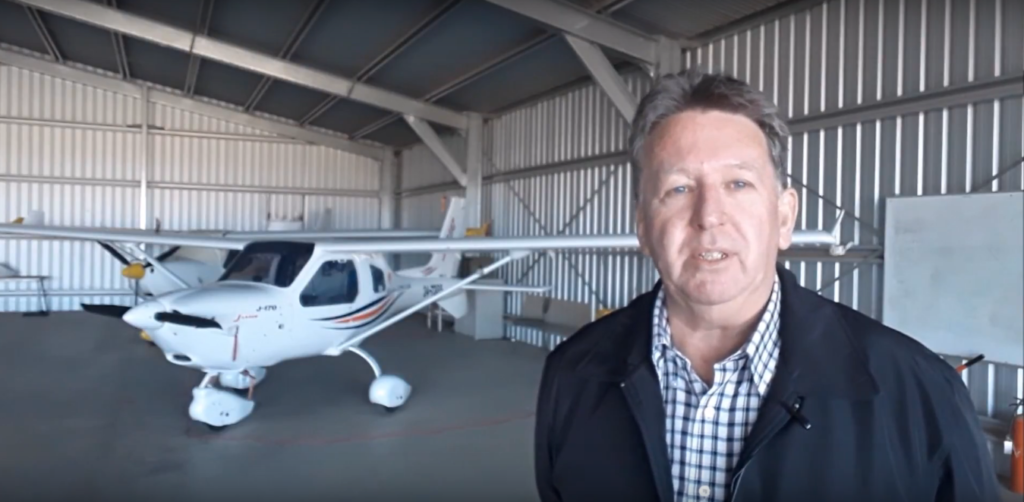
Brendon McAliece (Aka Gunnie) is a military veteran with 23 years working on Jet Fighters, their weapons systems and ejection seat/module systems as well as munitions and R&D. Involved with flight simulation since the 1980s, he has flown all the major flight simulators over the years.
He is an Australian expat who has lived in Malaysia, UK, Saudi Arabia and more recently Thailand. He is a multi-lingual blogger who loves to share his life experiences here on LetsFlyVFR.com and DreamingGuitar.com, with his lifestyle and Travel experiences Blog plus his Dreaming Coffee website.
Learn More @
DreamingGuitar.com – DreamingCoffee.com – LetsFlyVFR.com
( HOME – BLOG – SHOP – ABOUT )
As an Amazon affiliate I may benefit from qualifying sales.
